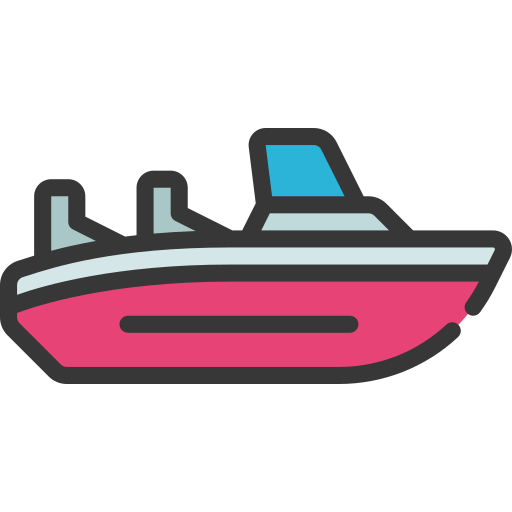How to Inspect a Used Boat Before Buying
Purchasing a used boat can be both an exciting venture and a daunting task. Understanding the intricacies of inspecting a used boat is crucial to ensuring that you make a wise investment. A thorough inspection not only provides insight into the boat’s current condition but also helps you to avoid costly repairs and safety issues down the road. The following guide outlines essential steps and aspects to consider during the inspection process.
Start with a Visual Inspection
Begin your inspection with a detailed visual examination of the exterior and interior of the boat. This crucial step sets the stage for understanding the overall condition of the vessel and identifying any potential red flags that could indicate further issues.
- Hull Damage: Check for cracks, chips, or signs of wear and tear on the hull. This includes looking for blisters or discoloration in the gelcoat, which can signal underlying moisture intrusion. Pay special attention to the underwater area, as this is often where damage is most prevalent due to impacts or grounding. Remember, hull degradation can impact the boat’s integrity and performance, making it vital to identify and assess any damage early in the buying process.
- Deck Condition: Inspect for soft spots underfoot, which could indicate rot or water damage within the core material. A structural survey may be necessary if significant issues are detected. Additionally, ensure that the non-skid surfaces are in good condition, as a maintained deck provides both safety and functionality while navigating. It is also essential to check for loose fittings, worn out cleats, and signs of corrosion on metal components, which could affect performance and safety.
- Interior Layout: Walk through the cabin or cockpit to evaluate not only the space and cleanliness but also the general wear on upholstery and fixtures. Look for worn cushions, stained fabrics, or damaged cabinetry, as these can lead to expensive replacements. Check for leaks around portholes and hatches, as these can compromise the interior’s integrity. Additionally, inspect the condition of the flooring; soft, discolored, or water-stained areas could signal hidden water damage.
Examine Mechanical Components
Next, focus on the boat’s machinery and systems:
- Engine: Check for leaks, corrosion, and condition of belts and hoses. Request maintenance records to ensure that regular service has been performed.
- Electrical System: Test lights, batteries, and electronic devices. Look for frayed wiring that may pose fire hazards.
- Fuel System: Inspect the fuel tank and lines for signs of leaks or deterioration. Ensure that the engine starts smoothly and runs without unusual noises.
Trailer Inspection
If the boat comes with a trailer, inspect it as well:
- Frame Condition: Look for rust, cracks, and structural integrity. A compromised trailer can lead to dangerous situations on the road.
- Tires: Check the tire condition and tread depth. Ensure that the tires are adequately inflated and free from cracks or dry rot.
Water Test
A water test is paramount before making a final decision:
- Performance: Pay attention to how the boat handles on the water. Check for responsiveness, vibration, and stability.
- Leaks: Observe for any water entering the hull during the test. This can be an early sign of significant issues.
- Engine Performance: Ensure the engine runs smoothly without sputtering or stalling under load.
Documentation and Price Evaluation
Finally, it’s essential to review all relevant documentation and assess the price:
- Registration and Title: Verify that the boat has a clear title and is not stolen. Check registration and ensure that it is up to date.
- Inspection Reports: Request previous inspection reports or surveys. These records can reveal any past issues that may have been addressed.
- Market Value: Research pricing based on model, age, and condition. Comparison tables can provide insight into fair market value for similar models.
Conclusion
Inspecting a used boat may seem like a formidable task, but by following these steps, potential buyers can make informed choices that enhance their buying experience. Remember that taking the time to perform a comprehensive inspection could save substantial costs and heartache in the future. Ultimately, thoroughness, attention to detail, and a little bit of patience are key to finding the right boat for your needs.
